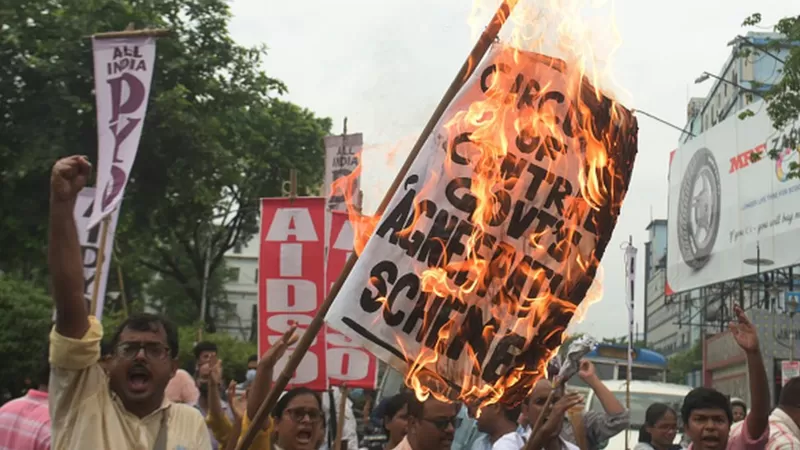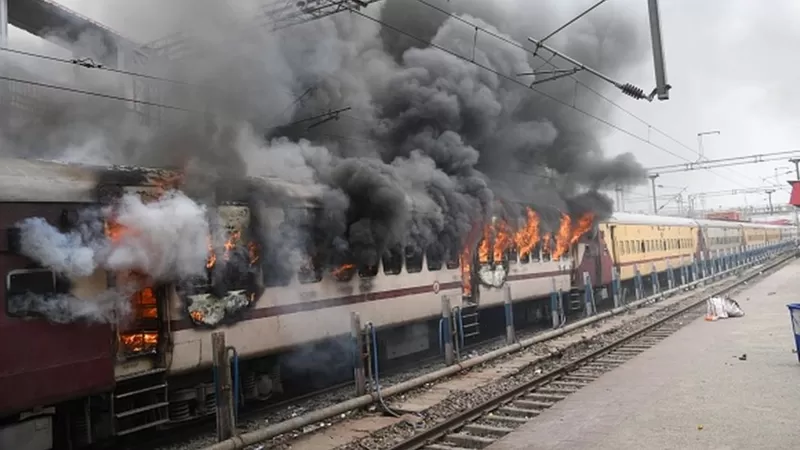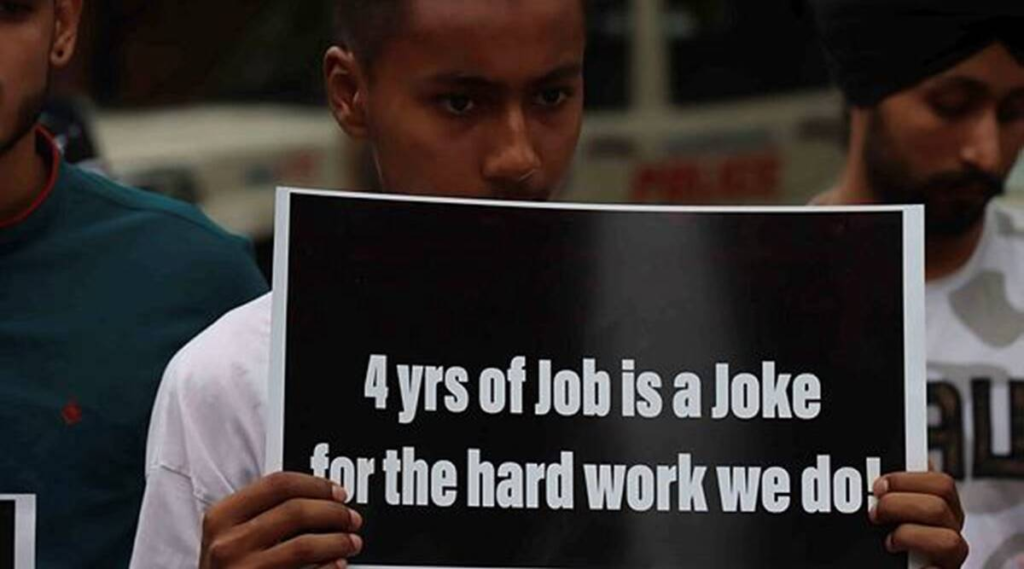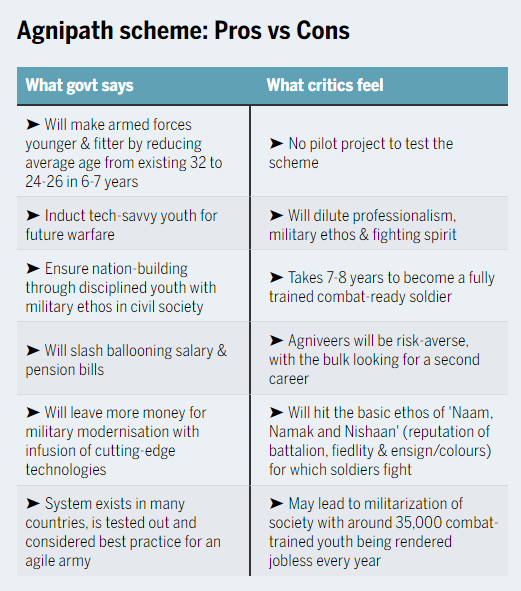What is Agnipath Yojna and why the controversy?
The Agnipath scheme approved by Union Government is a landmark decision regarding recruiting Indian youth to the armed forces. According to the Indian government, the “Agnipath Yojna” will equip young people in India to advance the creation of an Aatmanirbhar Bharat by enhancing their battle preparedness and acquainting them with military ethos in civil society. However, this recent scheme has sparked a lot of controversies and thousands of people are seen protesting violently on the streets.
What is the Agnipath Scheme?
Agnipath Scheme is a recruitment initiative started by the central government to recruit soldiers into the Army, Navy, and Air Force, primarily on a short-term contractual basis. The chosen candidates who would join the Indian Armed Forces are called Agniveers. According to the plan, youngsters between the ages of 17.5 and 21 would be enlisted in the armed forces on a four-year contractual basis. However, 25% of these recruits will be appointed to continue working for 15 more years, while the remaining 75% must end their tenure after 4 years of service. In the first year, the Agniveers’ monthly salary would be Rs. 30,000, and by the final year, it would be Rs. 40,000. The government will grant Agniveers a package worth Rs. 11.71 lakh as a “Seva Nidhi Package” at the end of their four-year term, which will be tax-free.

Protests over controversial army recruitment scheme
In India, thousands of job seekers have demanded a shutdown in response to the army recruitment policy that has provoked controversy. In some sections of the country, particularly in the northern regions, they have gone to the streets, blocking roads and torching trains.

Major controversies along with the government’s response
1. No job security (short-term tenure recruitment)
According to the central government, the program attempts to lower the average age of the workforce and lower pension costs. However, the protesters want to maintain the current system of working for a full 15 years, getting paid more as they age with experience, and getting a pension when they retire. The plan to recruit soldiers for a term of four years has drawn criticism from protesters who claim it will ruin their hopes of finding a stable job.
However, according to the government, after serving as Agniveers, people who want to start their own businesses would receive financial support and access to bank loans. The Central Armed Police Forces (CAPFs) and state police will give priority to applicants who seek salaried jobs. Those who want to continue their education will be granted a diploma comparable to a 12th-class education and a bridge course for future studies. Many opportunities are also being created for them in other industries.

2. Hinders effectiveness of forces
There are many doubts that this plan to recruit the majority of soldiers for just four years will negatively affect the Army’s professionalism, regimental ethos, and fighting spirit. Critics claim that because the majority of Agniveers will be seeking a second profession, the system will make many of them risk-averse. Some retired service members claimed the new recruits would be like “tourist soldiers” and would adversely affect the organisational culture and tactical effectiveness of the armed forces as a fighting force. Former DGMO Lt-General Vinod Bhatia (retd) warned that “It will lead to militarisation of society… It’s not a good idea.”
According to the government, young people who have worn the uniform for four years will be loyal to their nation for the rest of their life. The government also emphasised that such a short-term enlistment system currently exists in the majority of nations, making it well-tested and regarded as best practice for a young and adaptable force. Moreover, because only 3% of the entire strength will be made up of Agniveers in the first year of recruitment, the administration rejected concerns that the new programme would reduce the effectiveness of the armed services. In addition, the Agniveers’ performance will be evaluated before they are re-enlisted in the army after four years. As a result, the Army will acquire personnel who have undergone testing for supervisory posts.
3. Modifications to the regimental system
There are also concerns that the Agnipath Yojna would alter the composition of certain regiments that enlist young people from particular castes and geographic areas, like Rajputs, Jats, and Sikhs. However, the regimental system is not changing, according to the government. The strongest “Agniveers” will be chosen, further enhancing the cohesiveness of the units, an official added, thus it will actually be highlighted more.

It is clear that many of the problems associated with the scheme were not anticipated and cannot be solved by wishing them away. Now that a choice has been made on the Agnipath, those in charge of the situation—political, administrative, and military must find ways to address these controversies and carry the plan out logically by making the necessary adjustments.
Written By Saba Godiwala
Edited by Yashvi Parekh
